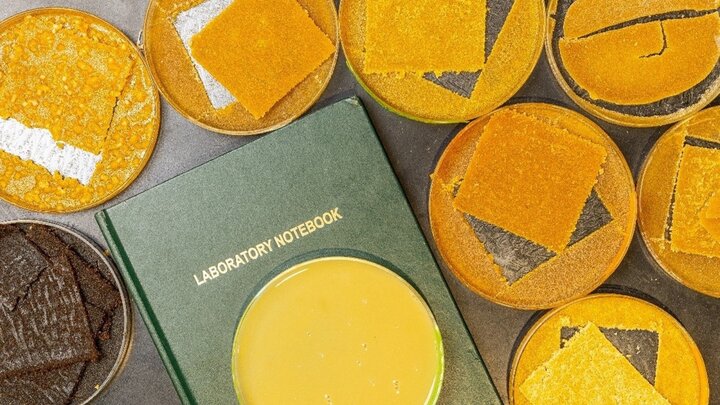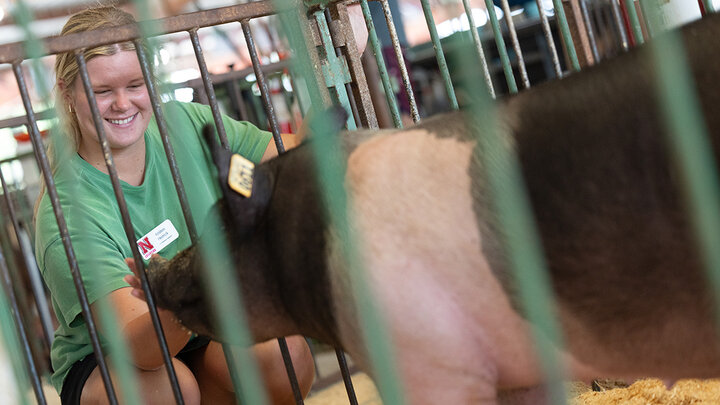By Karina Schoengold, NWC Associate Director
Researchers at the University of Nebraska, including Nebraska Water Center Director (Dr. Ray) and Associate Director (Dr. Schoengold) are working with researchers at UNL, Kansas State University, and South Dakota School of Mines on a National Science Foundation funded project called BioWRAP. The acronym BioWRAP stands for Bioplastics with Regenerative Agricultural Properties.
The goal of the BioWRAP project, which started in March 2022, is to create a new product that is effective for weed suppression in agricultural production. BioWRAP are biological products produced from agricultural byproducts. The overarching goal of the project is to reduce the use of plastics, herbicides, and associated environmental impacts in agricultural production. The long-term goal is to create locally sourced, customizable, spray-on biopolymer-based films to serve as soil cover that can be synchronized to crop growth cycles under differing climatic conditions and applied using precision agricultural equipment.
To achieve this, research activities in the project include developing and testing spray-on, biodegradable polymers that could be applied on row crop fields to reduce plastic and herbicide use. The three focus areas of the overall project are 1) create a set of bio-based polymers that can be used in agricultural production; 2) measure the agricultural effectiveness and associated environmental impacts of the technology; and 3) estimate the potential social and economic impacts on communities and the agricultural economy of the proposed technology.
Recent activities that the UNL team of BioWRAP researchers have completed include developing a protein-based biopolymer and testing the performance of the product in the greenhouse. The current process uses hydrolysis of chicken feather waste to create keratin for the sprayable bioplastic. The research team has tested different BioWRAP application rates on soybean plants with varying management practices (e.g., additional herbicides, cover crops, etc.). UNL researchers have completed field trials at the UNL Havelock Research Farm fields in the 2023 and 2024 planting seasons and at the Eastern Nebraska Research, Extension, and Education Center (ENREEC) for the 2024 planting season.
Results from the 2024 field trials suggest that applying BioWRAP in a banded application pattern (between crop rows) is as effective at weed control as BioWRAP application across the entire area, while the banded application increases crop yield relative to broad application across the entire area.
One aspect of the project is to evaluate the potential commercial market for a BioWRAP product. Using a survey of current home gardeners, UNL researchers recently evaluated the willingness to pay (WTP) of home gardeners for a BioWRAP product that would replace current weed suppression practices. Results show that WTP is highest to replace sprays and granular products ($75-$143), followed by physical barriers with a cost ($59-$120), manual labor ($54-$84), and no-cost physical barriers ($35-$63). Dollar values indicate a total WTP for a single growing season/year.



